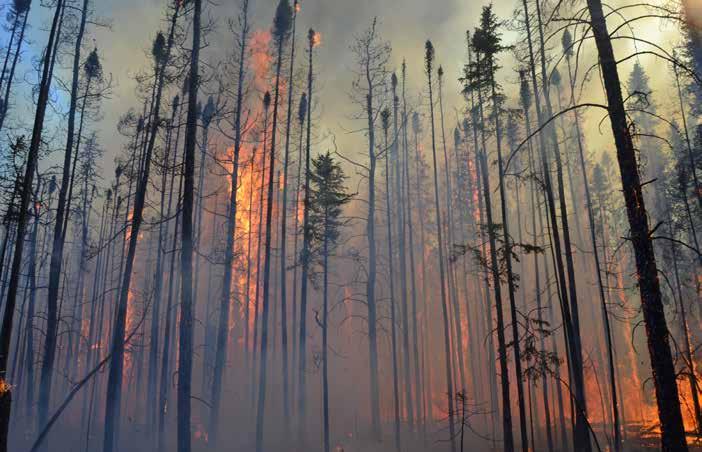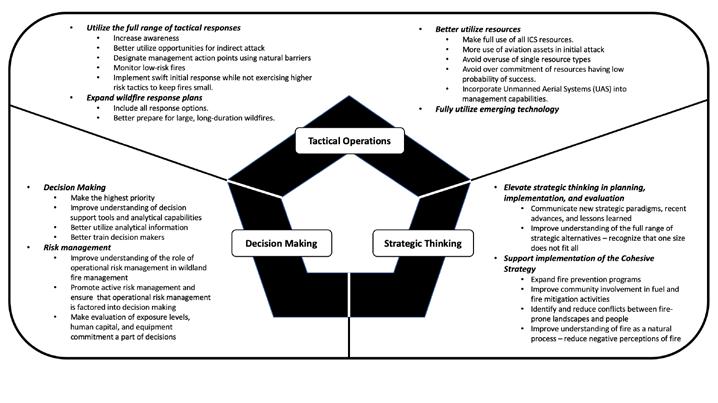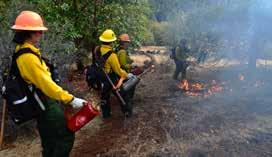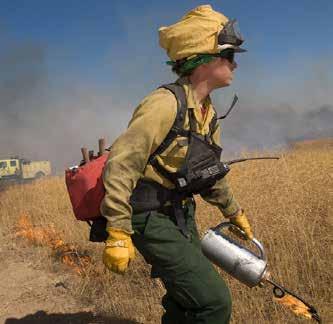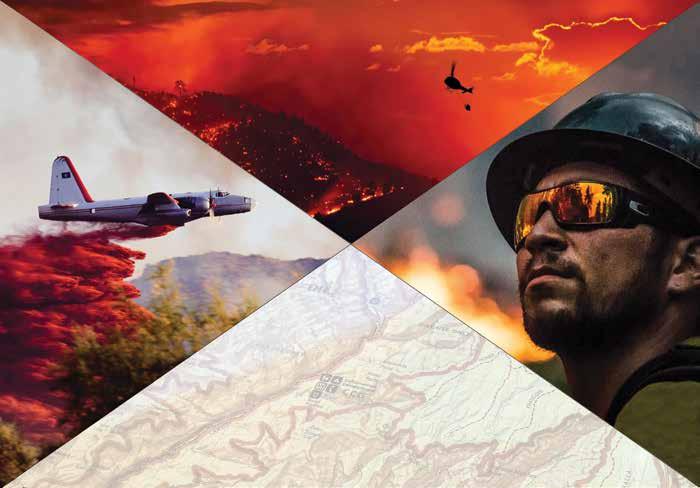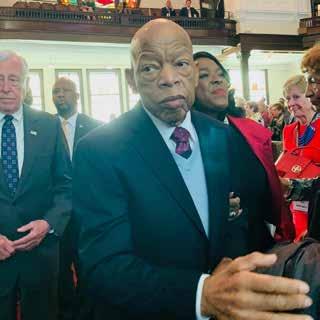Governing Wildfire
A GLOBAL INQUIRY PHOTOS BY HARRISON RAINE. The boreal forests of Canada are fire-dependent ecosystem susceptible to climate change. Advancing research in their mechanisms is a crucial step in mitigating natural hazard and carbon sequestration.
A yearlong global fellowship sends a student of governance who’s spent the summers as a wildland firefighter to explore our changing approaches to wildfire governance. Harrison Raine visited seven nations before the COVID-19 pandemic brought him home early. Here’s what he’s learned of our global practices – from the commandand-control suppression approach to a transition to integrated fire management. After returning to his home base in the United States, Raine is working this summer on the Logan (Utah) Interagency Hotshot Crew. BY HARRISON RAINE
GENESIS OF A JOURNEY
November 8th, 2018 marks a tragic moment in California history. In the midst of calamity from a midnight mass shooting, California’s first and sixth most devastating wildfires began. Despite occurring in vastly different landscapes, the wildfires unfolded in remarkably parallel fashion, simultaneously achieving tragic proportions. In both, decrepit utility infrastructure catalyzed ignition in matchbox-dry fuels. Driven by climate change-strengthened adiabatic winds and fine fuels from invasive species, fire behavior quickly exceeded response capabilities. Firefighters were overwhelmed and forced triage decision-making to reduce loss of life. Hasty, congested evacuations manifested anxiety and uncertainty. Decades of disregard for interconnected natural hazards and fire ecology played out once again as “firebelt suburbs” 32
wildfire
|
J U LY- S E P T E M B E R 2 0 2 0
were incinerated or spared serendipitously. The Camp and Woolsey fires incinerated the communities of Paradise and Malibu, leaving traumatic wakes in the ashes. In the latter, the mountains and streets I had roamed as a child raged and smoldered. I spent the days following the disaster mopping up around the shells of the structures that had been my neighbors’ homes. Growing up in the Malibu hills, my sister and I were influenced by wildfire-incited terror and ecological bloom. Despite no formal connection to the world of fire other than living among within a highly-combustible ecosystem, we were both drawn to it. She became a shepherd, running her sheep for fuel reduction. I joined a fire crew for the U.S Forest Service. The day before the Woolsey and Camp Fires began, I applied for a Thomas J. Watson Fellowship to study wildfire

